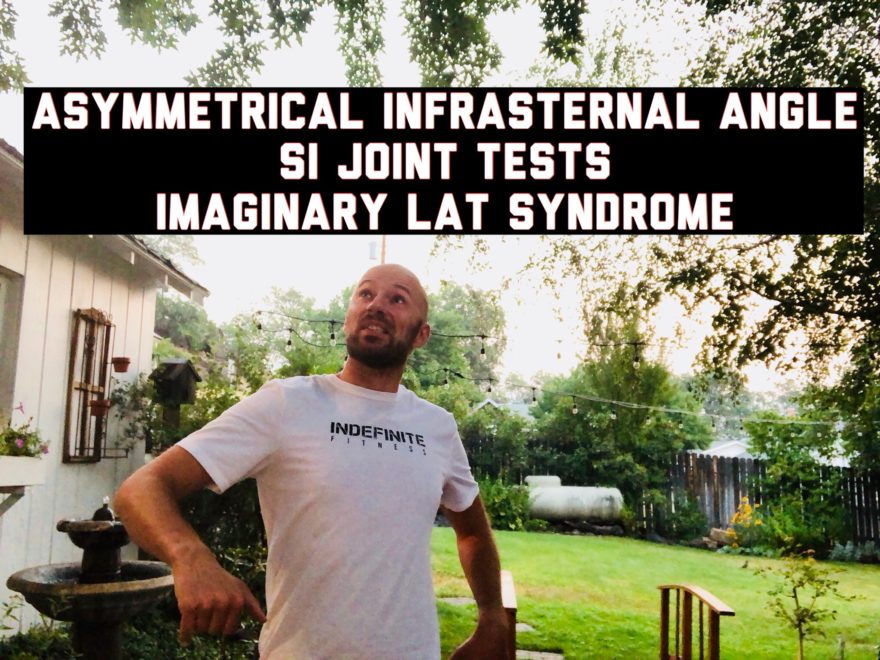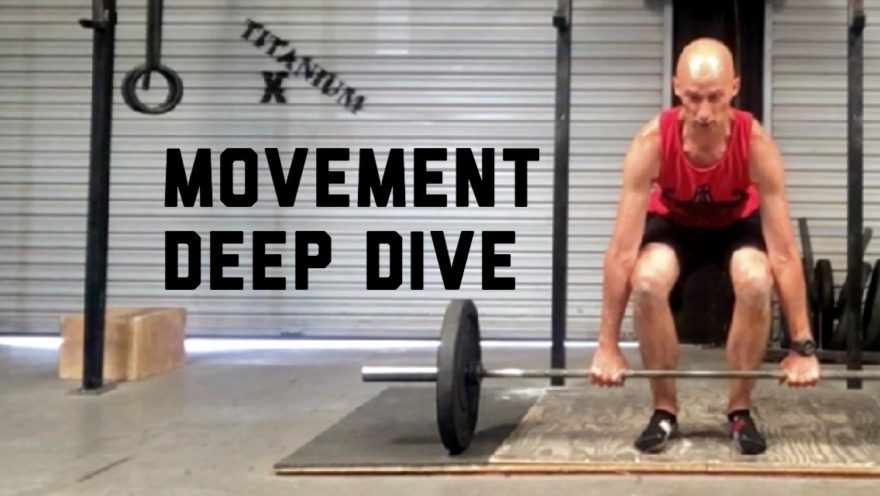Tag: lats

Asymmetrical Infrasternal Angle, SI Joint Tests, and Imaginary Lat Syndrome – Movement Debrief Episode 55
Movement Debrief Episode 55 is in the books. Below is a copy of the video for your viewing pleasure, and…

Hypermobility, Pushups Over Quad Sets, and Lat Dominance – Movement Debrief Episode 28
Movement Debrief Episode 28 is in the books. Here is a copy of the video and audio for your listening…

